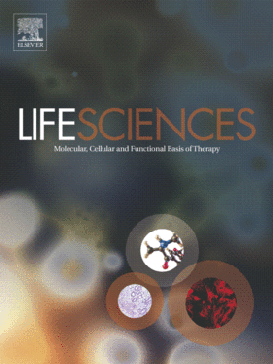“Neurospheres are clonal cellular aggregates of neural stem/precursor cells that grow in culture as free-floating clusters. Activation of CB1 cannabinoid receptors, which are expressed by these cells, promotes proliferation.
In the present study we investigated the expression of CB2 cannabinoid receptors and the effect of exogenous cannabinoids on neural stem/precursor cell proliferation.
Neurospheres containing nestin-positive and sn-1 diacylglycerol lipase alpha-positive cells expressed both CB1 and CB2 receptors, which were maintained through several passages…
Together, our results suggest that cannabinoids stimulate proliferation of neural stem/precursor cells acting on both CB1 and CB2 cannabinoid receptors through a phosphoinositide-3 kinase/Akt pathway.”

